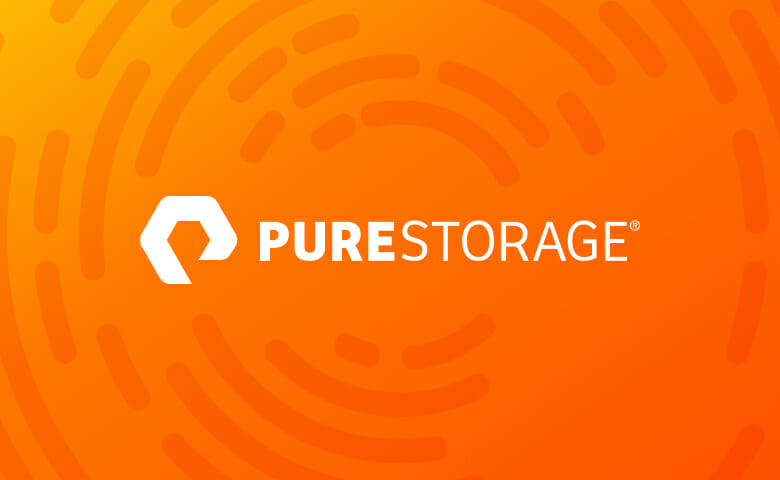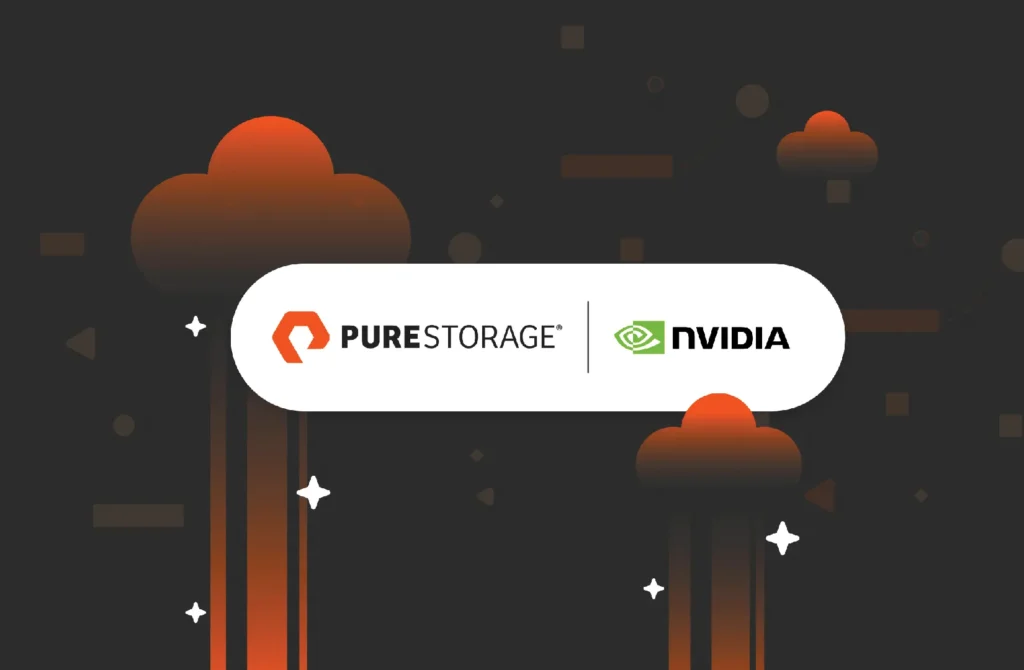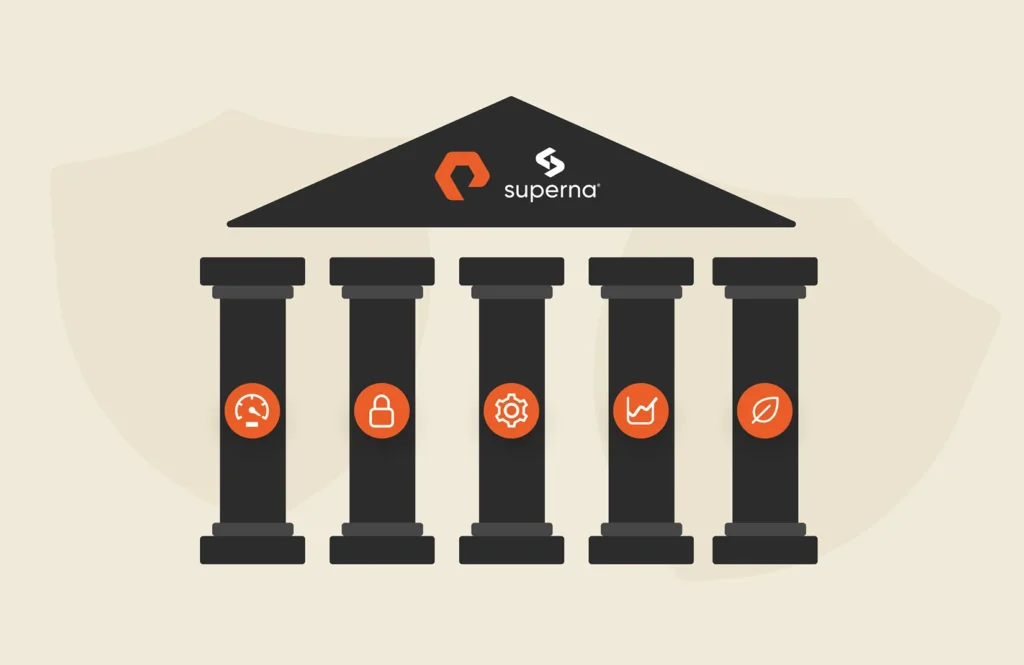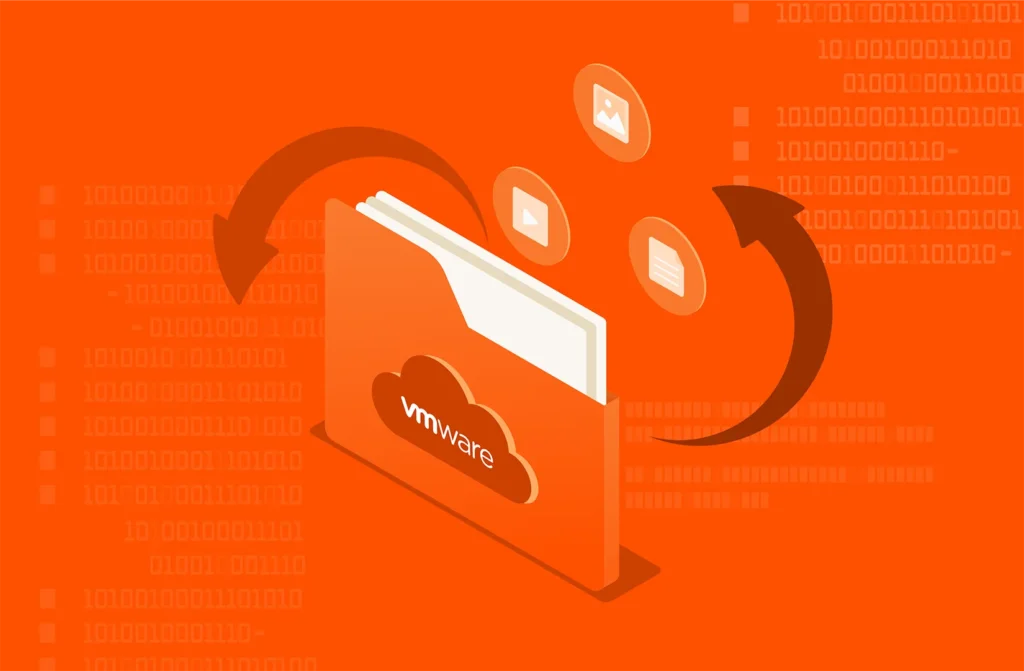Scaling VDI deployments can be a messy business. I’ve worked with IT departments with angry users, productivity issues , and outages — all as a result of poor performance in systems that have been scaled past their ability to perform. In nearly every case, these are smart teams, staffed with VDI experts, and yet they’re still struck with crippling scalability issues. What gives?
, and outages — all as a result of poor performance in systems that have been scaled past their ability to perform. In nearly every case, these are smart teams, staffed with VDI experts, and yet they’re still struck with crippling scalability issues. What gives?
VDI bottlenecks have changed
Issues with scalability change as technology evolves. Since the dawn of the modern age of VDI (we’re talking VMware Horizon View and Citrix XenDesktop here). the biggest challenge with large scale VDI has been RAM. Many VDI VMs running simultaneously on only a few hosts result in RAM contention and poor VDI performance. In severe cases, swapping to slow disk storage results. The compounded issues with low RAM and slow storage grind large-scale VDI to a halt. Luckily, companies like Cisco (with UCS) and others built mechanisms for adding large amounts of RAM, cheaply, to physical hosts The cost to provide RAM has dropped, amount of available RAM has increased, and this bottleneck is, for the most part, no longer an insurmountable limitation.
The next bottleneck: Slow Storage 
Of course, nobody can remove ALL bottlenecks from a system. When you resolve the worst bottleneck, it simply exposes the next worst. In the case of VDI, the next bottle neck is usually slow shared storage. Large physical hosts (with lots of RAM and CPU) connected to slow spinning disk arrays across a low-bandwidth SAN quickly become the limiting factor in VDI scalability. Even the most powerful of spinning disk arrays fails to keep up with boot storms, VM recompose cycles, and performance VDI users. The biggest symptoms of slow storage are long wait times, slow boot times, and general desktop latency. Users hate these! Imagine waiting 10 minutes to boot your desktop then seconds or minutes after clicking on an icon for the application to load – not just frustrating, but also costly in terms of person-hours and productivity.
Things Get Easier with… the Power of Flash!
With high performance, low-latency, high-bandwidth all-flash Pure Storage systems, the storage bottleneck to VDI scalability is removed. The problem of slow, unresponsive SAN storage is simply eliminated. With all-flash storage, boot storms and other surges in storage consumption rates over the course of a day or week are easily handled without performance degradation or other user impacts. And day-to-day common tasks (boot-up, application access, file saving, graphics-using) become faster and smoother, often providing a better experience than a physical desktop due to the extensive data center resources available to users. All that flash performance enables scalability to previously unheard of levels on a single infrastructure instance. In fact, the existing best practice of scaling a single instance to no more than 5000 desktops is, in my opinion, no longer necessary. The power of modern all-flash storage enables a much higher consolidation ratio, even with a conservative approach to desktop failure domains and high availability.
Not All VDI Flash is Created Equal
But not every all-flash storage system is equal in the context of VDI. Consistent low-latency high performance is everything to VDI users – it defines their experience – but not every all-flash array can provide it. In particular, concerns with outages due to disruptive maintenance are an issue. Disruptive scaling is also of particular concern! Many existing all-flash systems require downtime to add either capacity or performance (simply unacceptable!) Not so with Pure Storage. Our systems maintain 100% performance under load, during failure conditions, and during upgrades. So you can add VMs with confidence to the limits of the system you have and know that adding more means a simple, non-disruptive capacity upgrade if you have to get more storage for those VMs.
To learn more about Pure Storage and Virtual Desktop Infrastructure, please visit the following:




